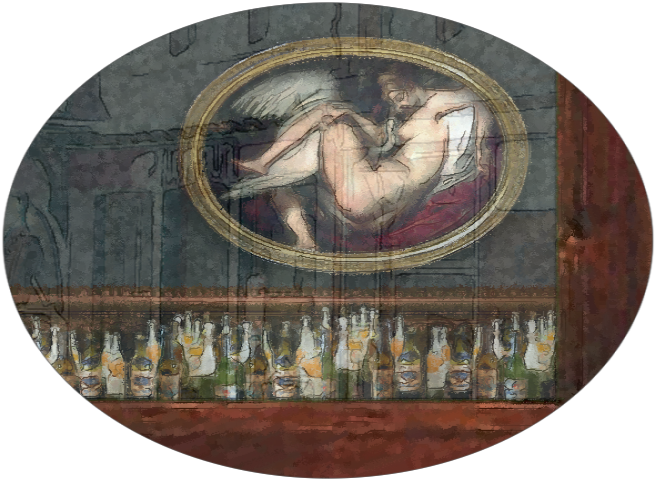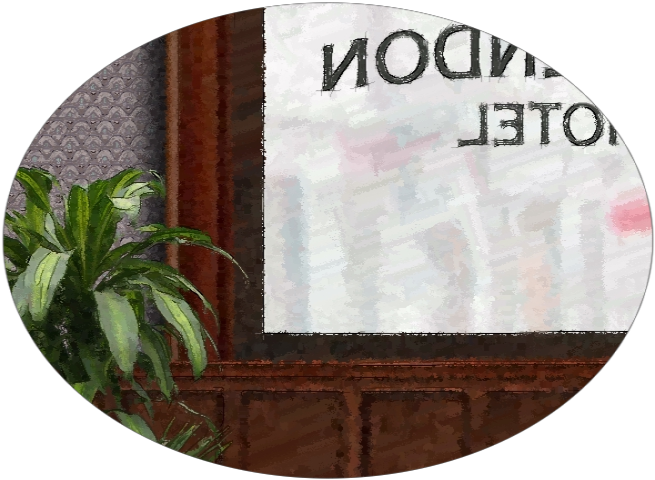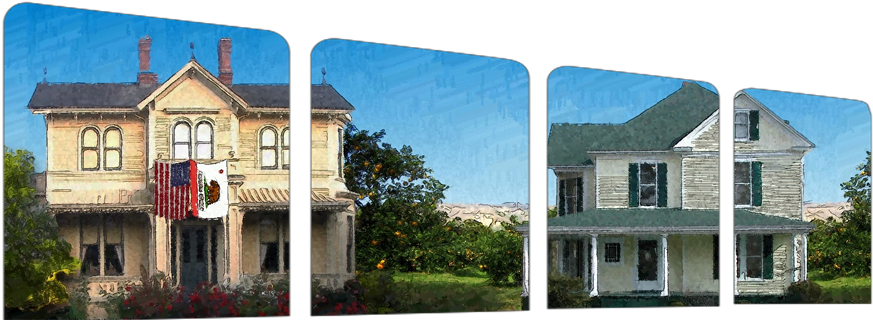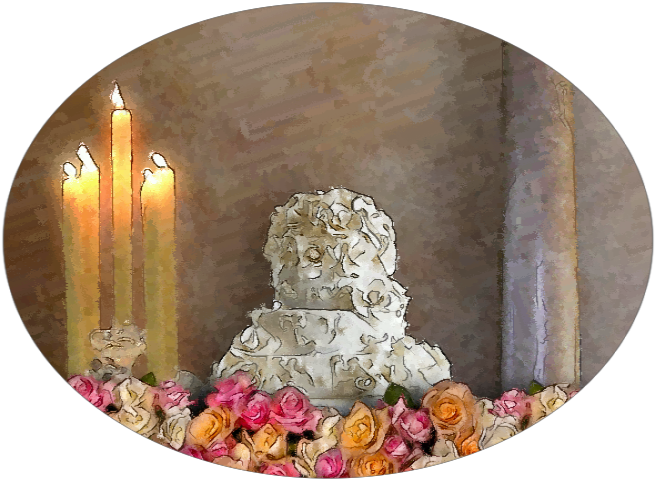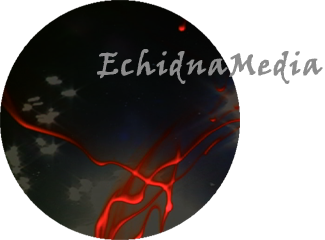 |
Jeremy Knight
theatrical projection design and videography
| ||||||
| |||||||
|
The Ballad of Baby Doe
The economy production's most notable element were the excellent projections by Jeremy Knight in a quasi-19th-century style of photography setting the many varied scenes.
[Jeremy Knight's] projection of the dance hall view of the street from inside, the Clarendon Hotel, Horace Tabor's office, the elegant wedding in Washington DC with the towering cake and candles; the Tabor Opera House . . . worked wonderfully.
Berkeley Opera’s ambitious “Ballad of Baby Doe” has a lot going for it: three strong principals and inventive sets and projections by Jeremy Knight that take you from the depths of a silver mine in Colorado to the heights of society in Washington, DC in an instant . . .
Knight's projection concept had curtains rise on each scene and a round billboard that set the time and locale, much like the cards in a vaudeville show. Behind the curtains you saw mountains, mines, cities and interiors of houses and hotels, depending on what was going on. It was a brilliant way to open up the small Julia Morgan Theater stage to the world of Horace Tabor and his beloved, indomitable Baby Doe.
The most impressive, jaw-dropping examples of ingenuity were the breath-taking scenic projections created by Jeremy Knight, abetted by Alexander Kort's lighting wizardry. I marveled at the Knight-Kort set-up: one huge rectangular screen forming the wall at the left side of the stage; four smaller rectangles aligned to suggest a receding perspective of windows veering off on the back of the stage. A large oval-shaped screen was set up on the right front of the stage to alternately accommodate a series of interiors, such as a saloon wall with a "naughty" Victorian painting of Leda and the Swan hanging above the projected rack of bar bottles; a prim parlor wall hung with striped wallpaper and family portraits; a festively decorated room in Washington, D.C.'s Willard Hotel; or a forest of languid-looking willow trees lit by moonlight . . .
Who really needs a stage full of lumbering sets and heavy, sometimes awkwardly painted backdrops, when you can have such things as a realistic illusion of boom-town Denver backed by its magnificent ring of sky-high mountains via the ingenious use of artfully lighted scenic projections. High tech to the rescue! |
COPYRIGHT © 2025 EchidnaMedia
